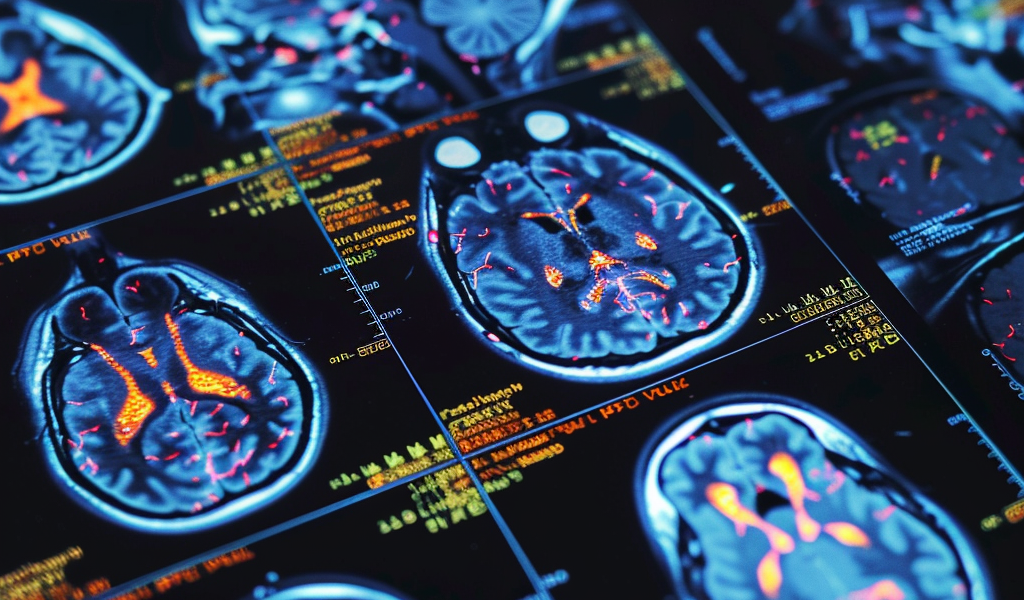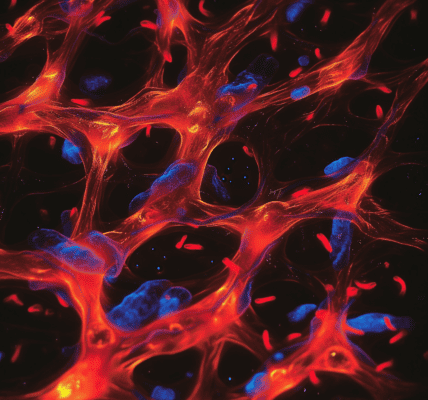Recent research published in Human Brain Mapping has made a significant breakthrough in understanding postpartum depression and postpartum depression with anxiety. By examining brain activity patterns, molecular genetics, and neurotransmitter systems, scientists have identified distinctive biological markers that could revolutionize the diagnosis and treatment of these conditions, providing new insights into their underlying neurological causes.
Postpartum depression (PPD) is a mental health condition that affects some women after giving birth, characterized by persistent feelings of sadness, hopelessness, and a lack of interest in the new baby or in other activities that used to bring joy. Symptoms can also include changes in appetite or sleep, fatigue, and difficulties in thinking or making decisions.
Postpartum depression with anxiety (PPD-A) involves the co-occurrence of anxiety symptoms with postpartum depression, making the condition more complex and often more severe. Women with PPD-A may experience excessive worry, feelings of impending doom, physical symptoms such as an increased heart rate, and intense fears about the baby’s health or irrational fears about their ability to care for the child.
Postpartum depression affects roughly 12% of new mothers without prior depression history, with up to 70% of those suffering also experiencing anxiety. Unlike PPD alone, PPD-A is often more severe and harder to treat. Traditionally, diagnosis has relied on subjective psychological evaluations, which can be imprecise. This has driven the need for objective, neurological markers that could lead to exact diagnosis and tailored treatment.





